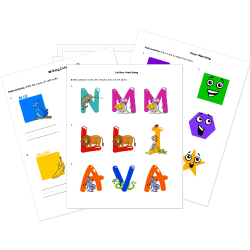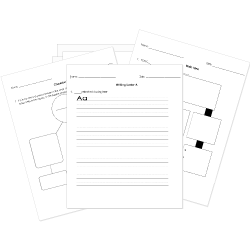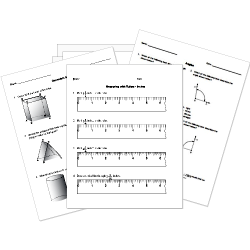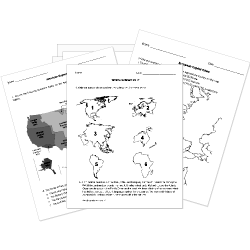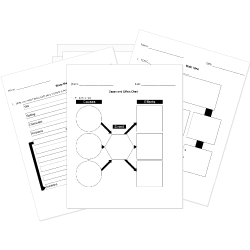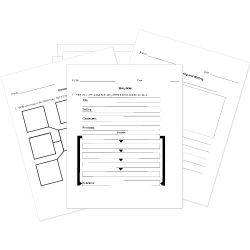Wave Interactions
Wave Interactions
This lesson aligns with NGSS PS4.A
Introduction
Have you ever experienced the phenomenon of hearing your voice? An echo occurs when sound waves reflect off a solid surface. When someone tries to create an echo by shouting toward a wall made of rock. When the sound waves reach the rock wall, they are unable to pass through it. Instead, they rebound back towards the person, resulting in the perception of an echo. An echo is an excellent example of how waves interact with matter. In this article, we will learn about reflection, refraction, and diffraction.
Waves Interactions
Interactions between waves and matter manifest in various ways. These interactions arise when waves pass from one medium to another. Besides bouncing back such as echo, waves can exhibit bending or spreading when they encounter a new medium. The three ways reflection, refraction, and diffraction are mentioned here in which waves interact with matter.
Reflection
Reflection occurs when a wave bounces back after striking an obstacle it cannot pass through. All waves such as water, sound, and light waves can be reflected. The reflection of water waves has been shown in the mentioned figure.

When sound waves are reflected off, they are known as echoes. When light waves are reflected from an object, they allow you to see that object. For instance, when the light waves from the ultimate source of energy, the sun, strike the surface of the moon, they are reflected. These reflected waves allow us to see the moonlit nights.
Reflected waves maintain the same speed and frequency as the initial wave before they are reflected. However, the direction of the reflected waves deviates. When waves directly strike an obstacle, they bounce straight back along the path they originated from. Conversely, when waves strike an obstacle at any angle, they bounce back at the same incident angle but in a different direction.
Refraction
Refraction is another phenomenon that demonstrates how waves interact with matter. Refraction occurs when a wave bends as it passes at an angle from one medium to another. You can observe the phenomenon of refraction by performing a simple experiment.
Take a pencil and place it into a half-filled glass with water. From a side view, you will notice that the pencil appears to be divided into two pieces. However, upon removing the pencil from the water, it is perfectly fine. This is the consequence of light waves undergoing refraction.

The speed of a wave varies in different media depending on the medium in which it travels. The reason is that the waves bend as they enter a new medium. For instance, light waves travel slowly in water compared to air. As a result, the light undergoes refraction when it passes from air to water.
Diffraction
Did you ever notice when you are walking down the street and you hear the music around the corner buildings? yet your vision is obstructed by the building on the corner, making it impossible to identify the source of the music. What is the reason behind the fact that sound waves travel around a corner better than light waves do?
Typically, waves travel in straight paths. For instance, a beam of light from a flashlight exhibits a straight trajectory. However, under specific conditions, waves may bend or curve when they reach the edge of an object. The bending of waves around an obstacle or through an opening is called diffraction.

For such types of waves e.g. sound waves, how much the waves diffract depends on two main factors:
- Their wavelength and the size of the obstacle or opening in the obstacle.
- Waves are diffracted more if the size of the barrier or opening in the barrier is greater than the wavelength and vice versa is also true.
Summary
- There are several ways in which waves interact with matter such as reflection, refraction, and diffraction.
- Reflection occurs when waves bounce back from a barrier they cannot travel.
- Refraction of waves occurs when waves bend as they enter a new medium at any angle.
- Diffraction is another interaction that occurs when waves bend around a barrier or opening in a barrier.
Related Worksheets:






